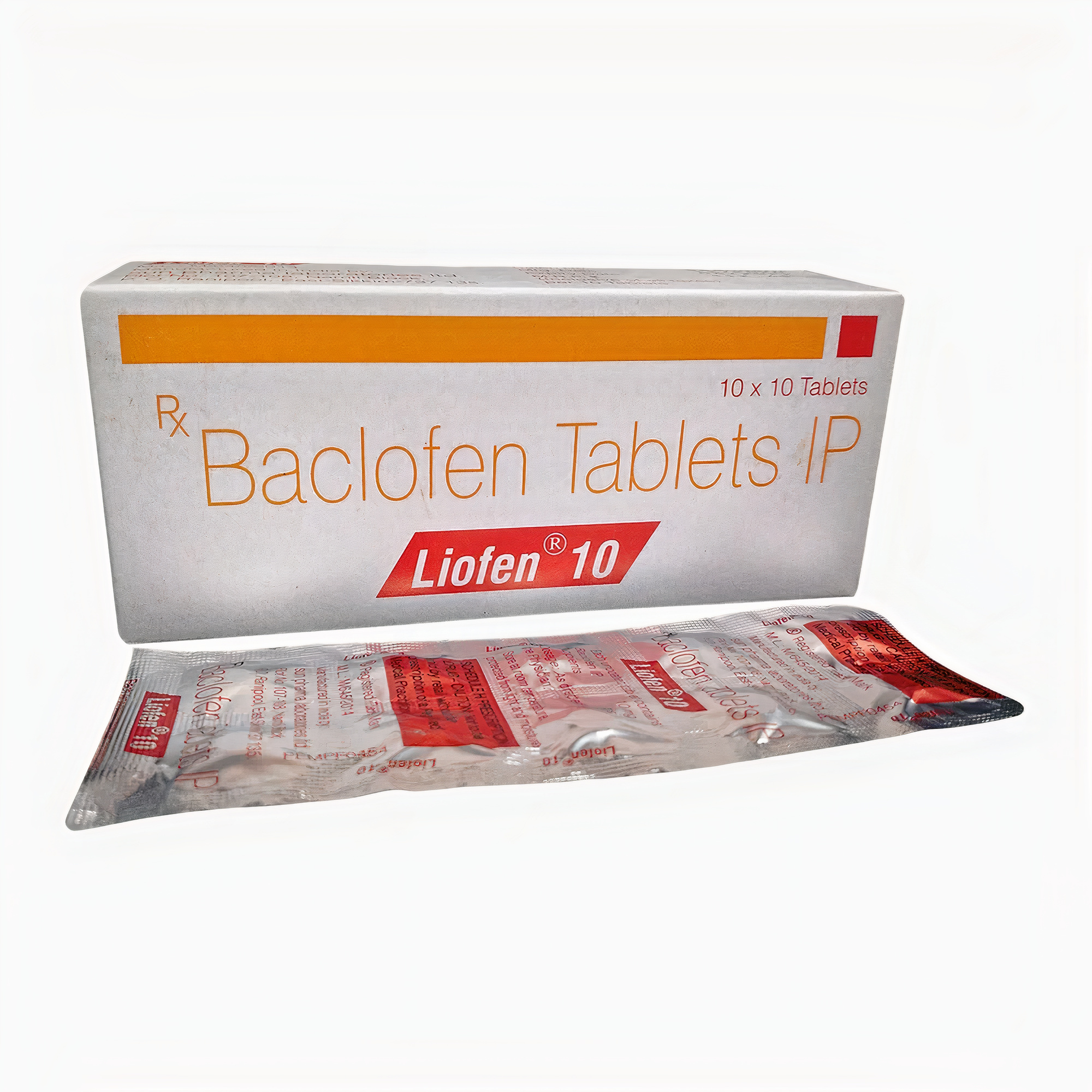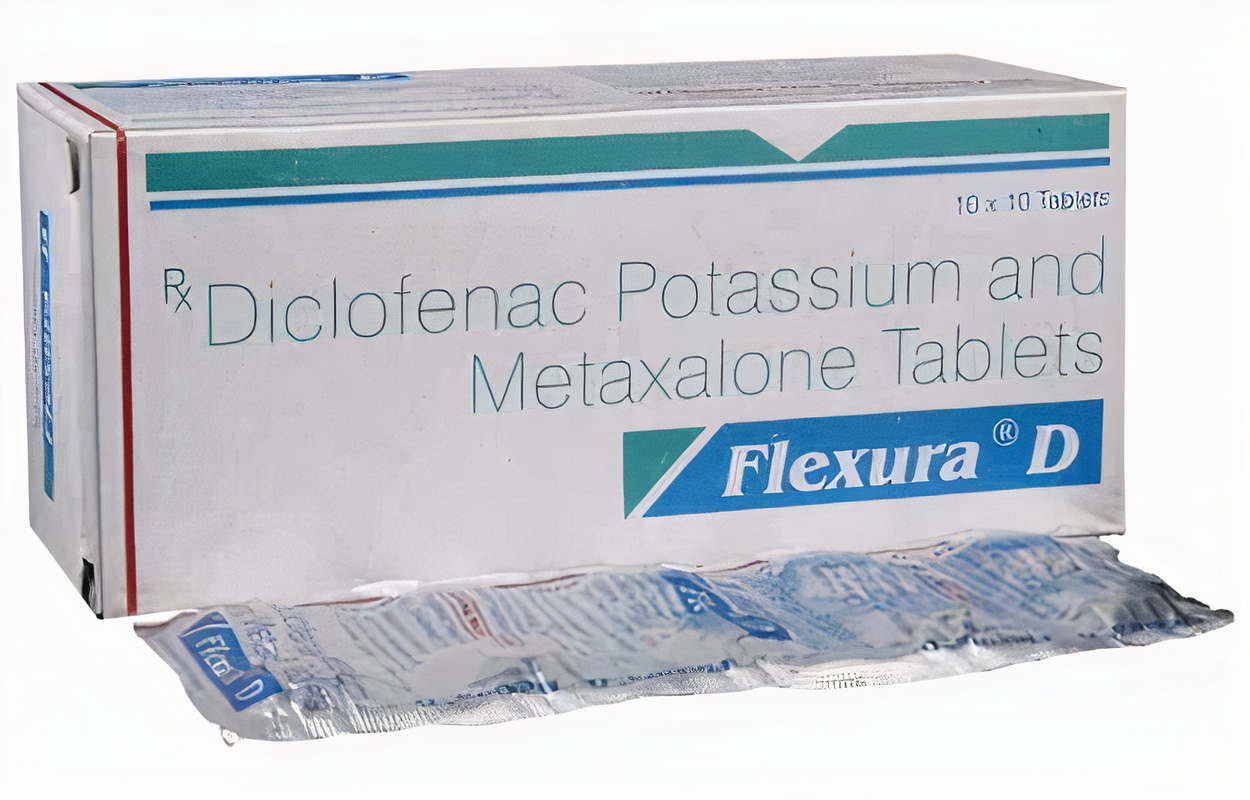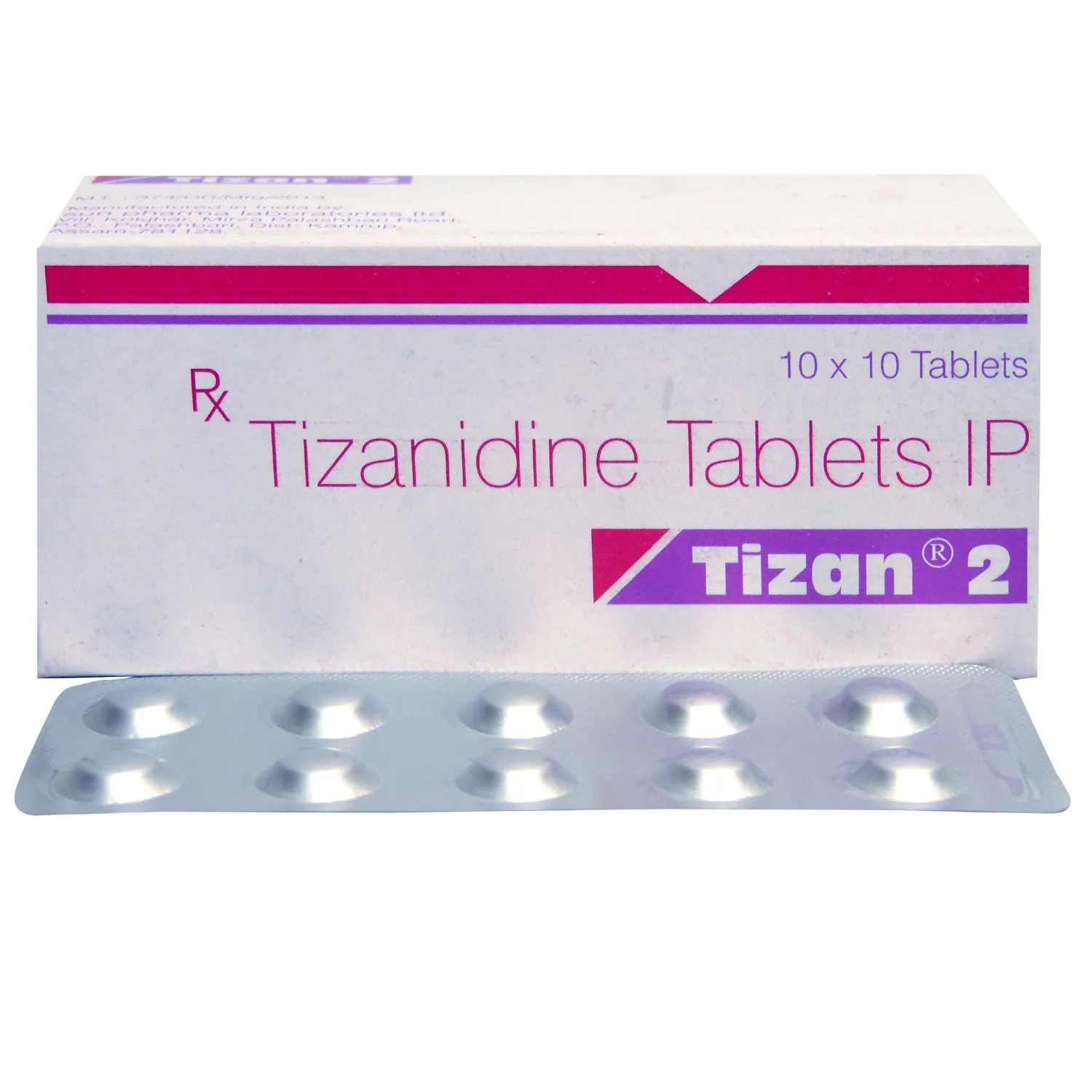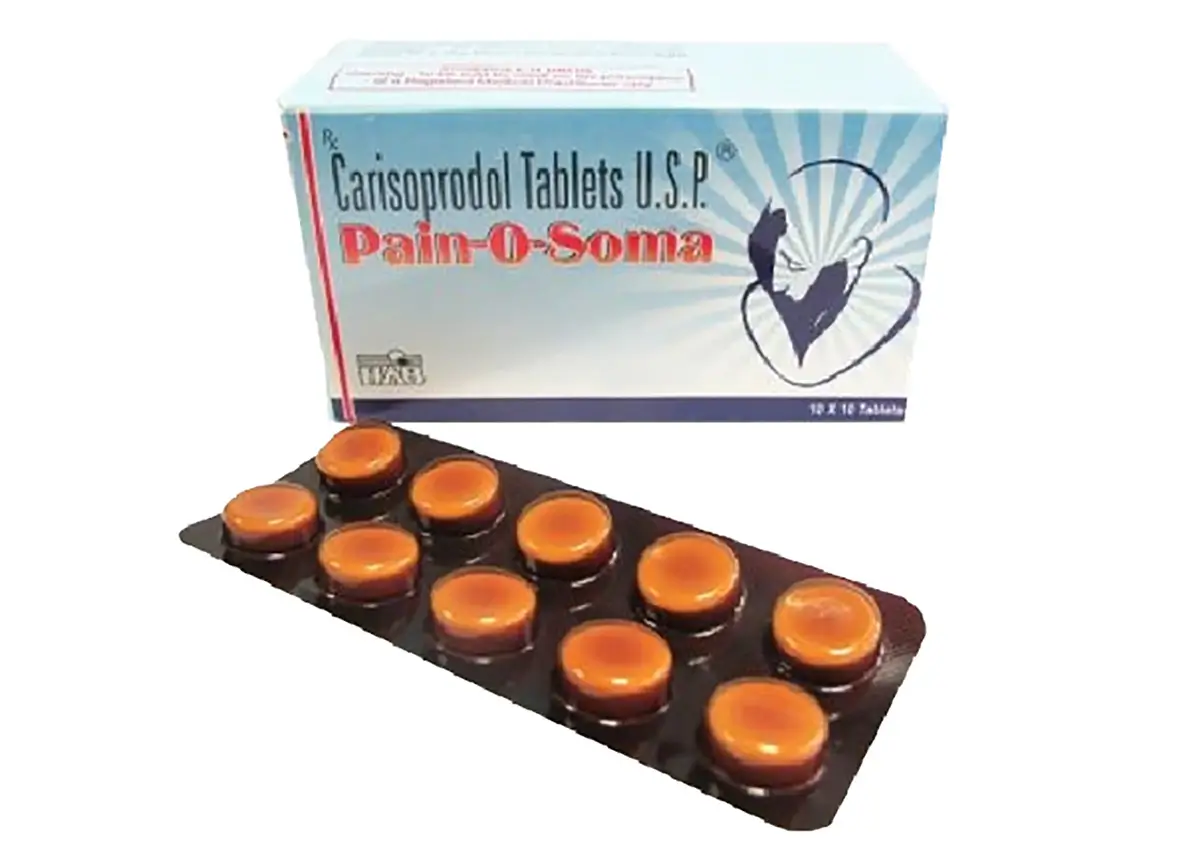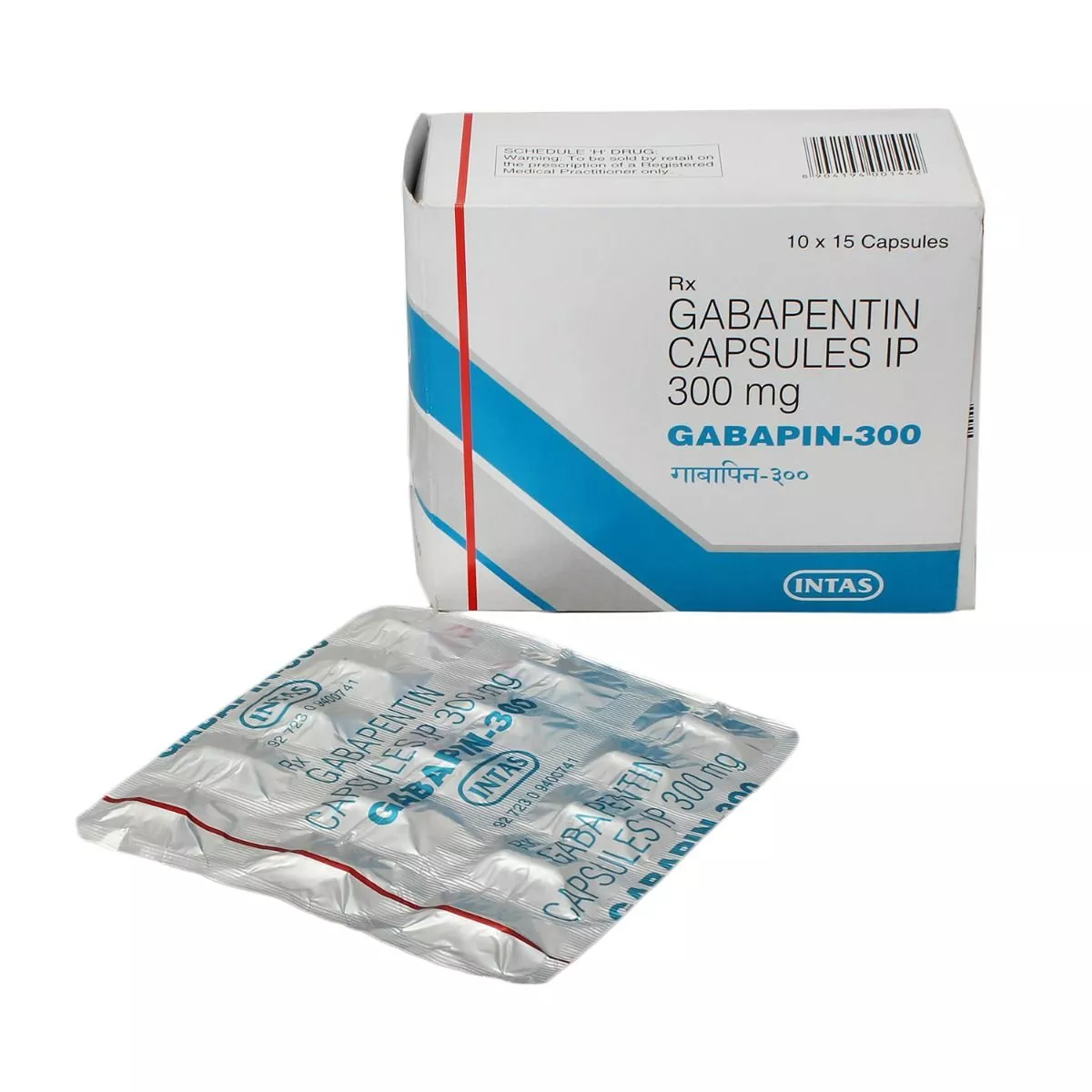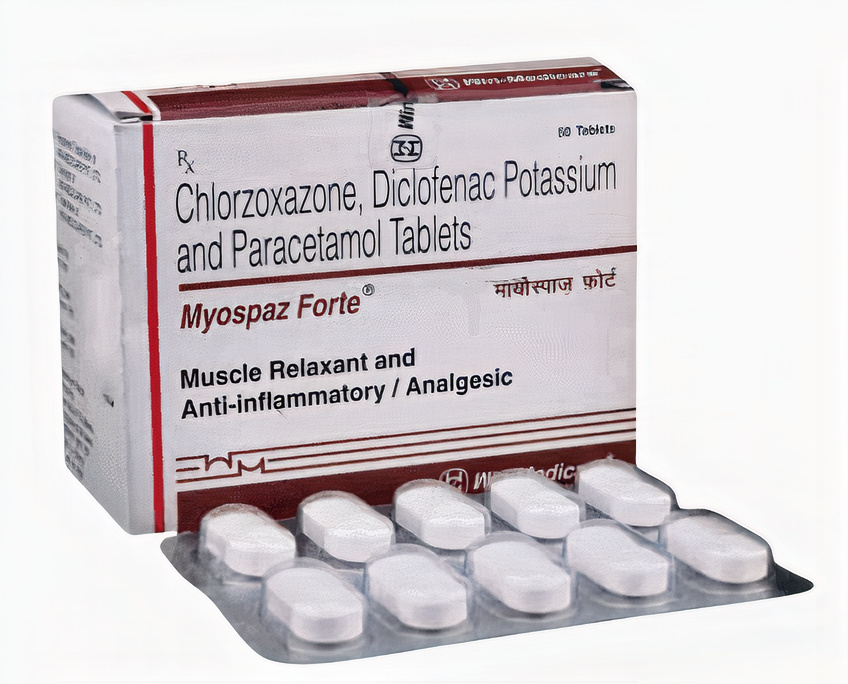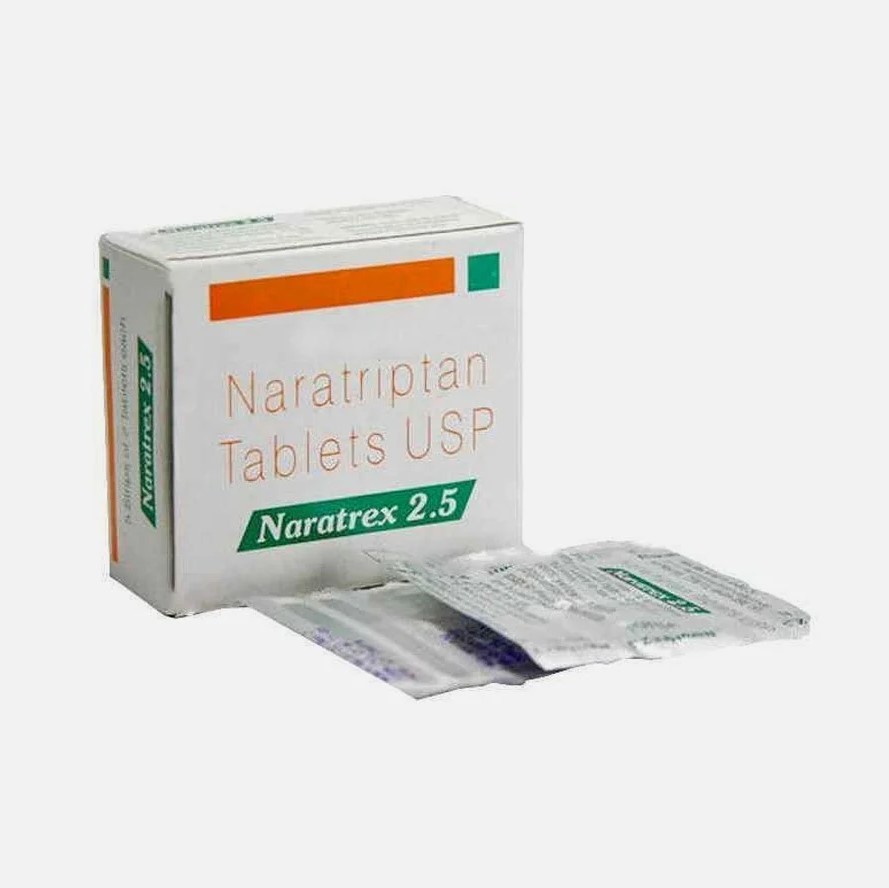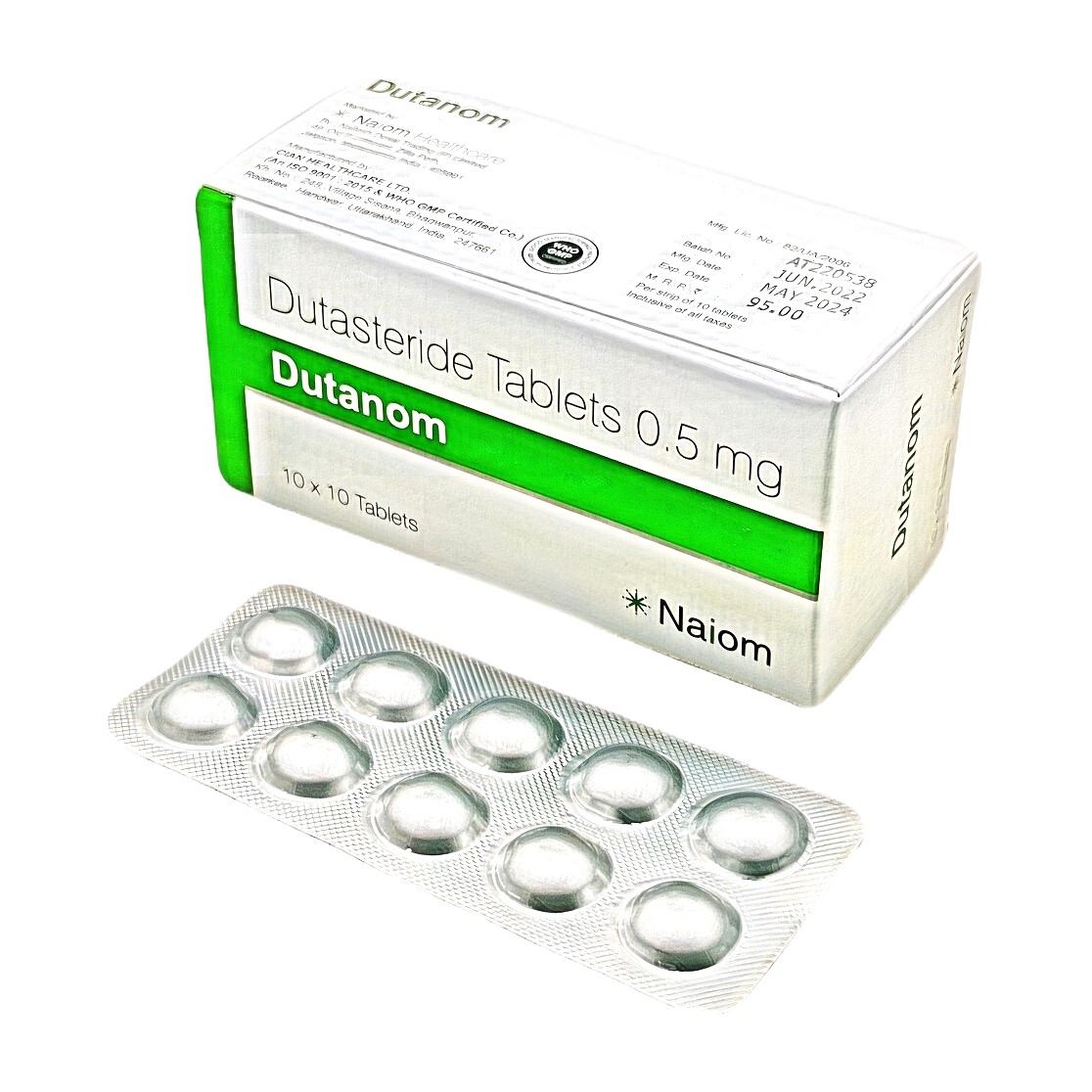Description
Liofen 10 Tablet (Baclofen 10mg)
Liofen 10 Tablet (Baclofen 10mg) is a potent muscle relaxant designed to alleviate various muscular symptoms, including rigidity, tension, and stiffness. This medication is effective for conditions such as cerebral palsy, multiple sclerosis, motor neuron disease, and injuries to the head, brain, or spine. To achieve the best results, it is typically taken with food, and it is crucial to use the smallest effective dose for the shortest time possible to manage symptoms efficiently.
Uses Of ‘Liofen 10 Tablet (Baclofen 10mg)’
Uses of Liofen 10 Tablet (Baclofen 10mg) include:
- Treatment of Muscle Spasms
- Treatment of Muscle Rigidity
- Treatment of Multiple Sclerosis Symptoms
- Treatment of Motor Neuron Disease Symptoms
- Treatment of Cerebral Palsy Symptoms
Treatment of Muscle Spasms: Liofen 10 Tablet (Baclofen 10mg) helps in relieving muscle spasms by blocking the chemical messengers in the brain responsible for such symptoms.
Treatment of Muscle Rigidity: The medication relaxes overly rigid muscles, which is common in conditions affecting skeletal muscles.
Treatment of Multiple Sclerosis Symptoms: It is effective in managing the spasms, stiffness, and pain associated with multiple sclerosis.
Treatment of Motor Neuron Disease Symptoms: This tablet helps reduce spasticity and improves mobility in patients with motor neuron disease.
Treatment of Cerebral Palsy Symptoms: Liofen 10 Tablet (Baclofen 10mg) alleviates the rigidity and stiffness in children and adults with cerebral palsy, enhancing their quality of life.
Safety & Precautions
- Consult your doctor before starting Liofen 10 Tablet (Baclofen 10mg) if you have any existing medical conditions.
- Inform your doctor about all medications you are currently taking.
- Pregnant and breastfeeding women should consult their doctor before using this medication.
- Only take the smallest dose necessary to manage your symptoms.
- Do not drive or operate machinery if you experience drowsiness or dizziness.
- Avoid alcohol, as it can amplify drowsiness caused by this medication.
- Regularly monitor your kidney and liver function during treatment.
- Keep this medicine out of reach of children.
- Store below 30°C in a dry and cool place.
- Avoid abrupt discontinuation to prevent withdrawal symptoms.
Side Effects
Most side effects do not require any medical attention and disappear as your body adjusts to the medicine. Consult your doctor if they persist or if you’re worried about them.
- Dizziness
- Convulsion
- Nausea
- Headache
- Sedation
- Hypotension (low blood pressure)
- Hypotonia (decreased muscle tone)
- Agitation
- Constipation
- Increased white blood cell count
- Chills
- Urinary retention
- Fatigue
- Weakness
- Drowsiness
FAQ
1. How should I take Liofen 10 Tablet (Baclofen 10mg)?
Take this medication exactly as prescribed by your doctor. Swallow the tablet whole with food to prevent stomach upset. Do not crush or chew the tablet. It is important to adhere strictly to the prescribed dosage and duration to avoid potential side effects or complications.
2. Can I take Liofen 10 Tablet (Baclofen 10mg) during pregnancy?
While there are limited studies in humans, animal studies suggest potential harm to the developing baby. Therefore, Liofen 10 Tablet (Baclofen 10mg) should only be used during pregnancy if the potential benefits justify the risks. Always consult your doctor for personalized medical advice before taking this medication during pregnancy.
3. Is Liofen 10 Tablet (Baclofen 10mg) safe for breastfeeding mothers?
Liofen 10 Tablet (Baclofen 10mg) is considered safe for use during breastfeeding. Studies indicate that the drug does not significantly pass into breast milk and is unlikely to harm the baby. However, it is always best to consult with your healthcare provider before starting any new medication while breastfeeding.
4. Can I drink alcohol while taking Liofen 10 Tablet (Baclofen 10mg)?
It is not advisable to consume alcohol while taking Liofen 10 Tablet (Baclofen 10mg), as it can cause excessive drowsiness and dizziness. This combination may impair your ability to perform activities that require full alertness, such as driving or operating heavy machinery.
5. What should I do if I miss a dose of Liofen 10 Tablet (Baclofen 10mg)?
If you miss a dose, take it as soon as you remember. If it is almost time for your next dose, skip the missed dose and resume your regular dosing schedule. Do not double the dose to make up for the missed one. Consistency is key for optimal management of symptoms.
6. What are the potential long-term effects of taking Liofen 10 Tablet (Baclofen 10mg)?
Long-term use of Liofen 10 Tablet (Baclofen 10mg) should be monitored by your doctor, especially in individuals with pre-existing kidney or liver conditions. While the medication is generally safe when used as prescribed, prolonged use could potentially lead to dependency or withdrawal symptoms if abruptly discontinued. Regular follow-ups with your healthcare provider are essential to ensure its safe use over time.
Additional Information on Baclofen
Uses of Baclofen
Baclofen is primarily utilized to manage spasticity arising from conditions such as multiple sclerosis and spinal cord injuries. It helps in relieving muscle tightness, and pain, and improving muscle movement and function.
Brands of Baclofen
- Lioresal
- Gablofen
- Ozobax
Dosages of Baclofen
The dosage of Baclofen varies based on age, condition treated, and method of administration. Both adult and pediatric dosages need to be cautiously considered to ensure effectiveness while minimizing side effects. Below is a detailed breakdown of the dosage forms and recommended dosages.
| Form | Dosage |
|---|---|
| Tablet | 5 mg (generic), 10 mg (generic), 20 mg (generic) |
| Oral solution | 5 mg/5mL (Ozobax) |
| The intrathecal solution, preservative-free |
|
Adult Dosage for Spasticity
- Orally: Initiate with 5 mg three times daily. Can increase by 5 mg per dose every three days up to a maximum of 20 mg four times daily (80 mg/day).
- Intrathecal:
- Screening Phase: Begin with a 50 mcg intrathecal dose. If the response is inadequate within 8 hours, increase to 75 mcg, followed by 100 mcg if needed.
- Titration: After 24 hours, the initial implant dose should be twice the screening dose that showed a positive effect.
- Maintenance:
- For spinal cord origin spasticity: Adjust by 10-40% during refills, the usual range is 300-800 mcg/day, not exceeding 1000 mcg/day.
- For cerebral origin spasticity: Adjust by 5-20%, usual range is 90-700 mcg/day, not exceeding 1000 mcg/day.
Pediatric Dosage for Spasticity
- Oral:
- For children younger than 12 years: Safety and efficacy not established.
- For children 12 years and older: Start with a low dose, ideally divided, initially 5 mg three times daily. Can be increased by 5 mg per dose every three days up to 20 mg three times daily. If necessary, the maximum is 80 mg/day (20 mg four times daily).
- Intrathecal:
- Screening Phase: A test bolus of 50 mcg intrathecal, with possible escalation to 75 mcg and then 100 mcg based on response.
- Titration: The initial implant dose should be twice the successful screening dose. Increase by 5-15% every 24 hours until the desired clinical effect.
- Maintenance: Follow a similar protocol as adults for cerebral origin. The average dose for patients over 12 years is 274 mcg/day, ranging from 24-1199 mcg/day.
Drug Interactions
Baclofen interacts with numerous drugs; these interactions can be serious or moderate. It’s important to consult a healthcare professional before combining Baclofen with other medications. Significant interactions include:
Severe Interactions
There are no severe drug interactions noted with Baclofen.
Serious Interactions
- Benzhydrocodone/acetaminophen
- Calcium/magnesium/potassium/sodium oxybates
- Hydrocodone
- Metoclopramide intranasal
- Selinexor
- Sodium oxybate
- Sufentanil SL
Moderate Interactions
Baclofen has been observed to have moderate interactions with at least 154 other drugs. Some commonly noted ones include:
- Alcohol
- Benzodiazepines
- Opioids
- Sedative drugs
Minor Interactions
- Eucalyptus
- Sage
Clinical Considerations
It’s critical to:
- Keep a list of all medications and share it with healthcare providers.
- Consult with a doctor before changing dosages or starting new medications.
- Use cautiously alongside CNS depressants and alcohol to avoid additive central nervous system effects.
Special Populations
Baclofen use requires specific considerations in certain populations:
Elderly
- Elderly patients are more sensitive to the effects of Baclofen, thus lower dosages may be required.
Pediatric
- Children under 12 years: Safety and effectiveness not established.
- Children 12 years and older: Dosage similar to adults but starting at the lower end of the dosing spectrum is advised.
Pregnancy and Lactation
Baclofen’s use during pregnancy and lactation demands caution:
- Lack of adequate data on developmental risk in pregnant women. May pose risks of neonatal withdrawal symptoms.
- Possibility of Baclofen being present in human milk. Weigh breastfeeding benefits against potential risks to the infant.
Instructions for Use and Handling
Both patients and healthcare professionals need to be cautious about handling and administering Baclofen:
Oral Administration
To avoid gastrointestinal discomfort, it’s advisable to take Baclofen with food. Be consistent with the timing of doses to maintain steady levels in the bloodstream.
Intrathecal Administration
Intrathecal Baclofen requires specific protocols:
- Ensure aseptic techniques to avoid contamination of prefilled syringes.
- Resuscitation equipment and trained personnel should be available during dosage adjustments and refills.
- Monitor for overdose symptoms due to possible over-infusion or missadministration.
Monitoring Requirements
Regular monitoring is essential when Baclofen therapy is used:
- Regular assessment of liver and kidney functions.
- Monitoring for signs of drug interactions and adverse effects.
Conclusion
Baclofen, known by brand names such as Lioresal, Gablofen, and Ozobax, is vital for managing spasticity from various conditions. Understanding its interaction with other drugs, specific dosage requirements, and special considerations for different population groups enables its safe and effective use. Always consult healthcare providers for personalized medical advice before making any changes to medication regimens.
For further details, consider visiting reputable medical sources and publications.

